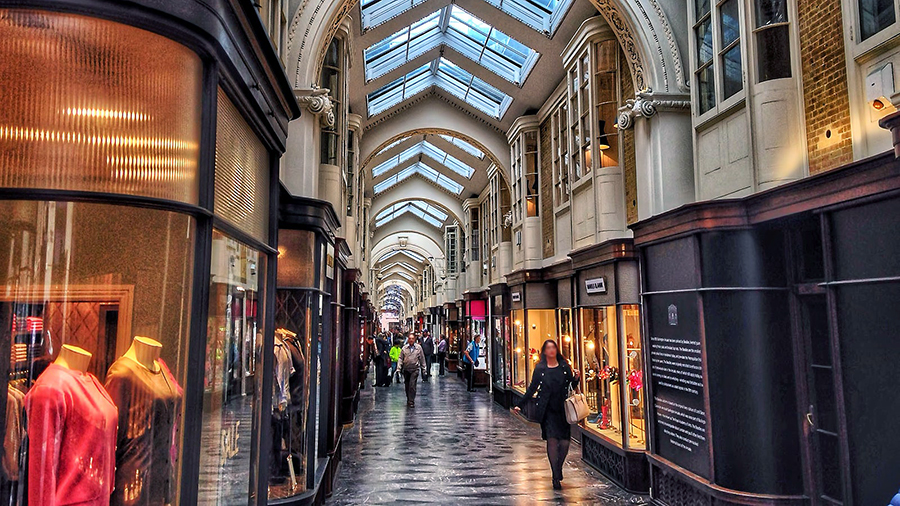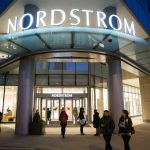The British Retail Consortium (BRC) is reporting that total U.K. retail foot traffic, or footfall, increased 5.3 percent year-over-year in April, according to BRC-Sensormatic IQ data, 1.5 percentage points worse than March and worse than the 3-month average increase of 7.0 percent.
“Footfall saw year-on-year improvement mainly in High Streets and Shopping Centres, which had been the most affected during the pandemic, and still have the furthest to catch up,” said BRC Chief Executive Helen Dickinson. “Retail retail foot traffic is finding a new balance, as the rise in online shopping and spread of hybrid working, has changed consumer shopping habits. As a result, while we expect retail foot traffic to continue to improve, it may never reach the levels seen prior to the pandemic.”
High Street retail foot traffic increased 10.5 percent in April versus the year-ago month, 1.9 percentage points better than the March rate but worse than the 3-month average rise of 13.4 percent.
Retail Parks saw retail foot traffic decreased 6.9 percent in April, 1.0 percentage points worse than last month’s rate and worse than the 3-month average decline of 5.6 percent.
Shopping Centre footfall increased 7.9 percent in April, 0.3 percentage points worse than last month’s rate and worse than the 3-month average rise of 9.1 percent.
England saw the highest increase in retail foot traffic of all nations at +9.7 percent, followed by Scotland at +7.7 percent and Wales at +3.0 percent. Northern Ireland saw the lowest increase at +2.9 percent.
“There is good cause for optimism in the coming month, as the Coronation is expected to bring a surge in retail foot traffic over the bank holiday, as shoppers head out to the shops ahead of this historic event,” Dickinson added. “Government should capitalize on the uptick in global tourism, finding ways to boost the UK’s position as a top destination for international shoppers. The U.K. now stands alone as the only major European economy without a VAT-free shopping scheme, dissuading many potential shoppers from visiting.”
Compared to pre-pandemic levels, Total U.K. retail foot traffic decreased by 16.2 percent; High Streets by 21.2 percent, Retail Parks lower by 6.1 percent, and Shopping Centres by 18.2 percent.
Andy Sumpter, Retail Consultant EMEA for Sensormatic Solutions, commented: “Footfall saw growth again in April, even if more modest than in the first quarter. This is despite a continuing cost of living crisis and inflation in most categories, not least food. With April marking a year on from the end of the last remaining covid restrictions across the U.K., as well as the first energy price cap increase, remarkably, retailers are starting to see some stability.
“This can partially be attributed to consumers adjusting to the times by shopping down or shopping more carefully. As we became used to “living with covid”, consumers have now lived with higher prices for over a year, meaning shopping habits are beginning to stabilize. Stability brings predictability and predictability brings retailers the confidence to plan. There is also positive news from some retailers, with HMV making a much-anticipated return to Oxford Street after a four-year hiatus, and M&S announcing it is investing £12.5 million into developing its London store portfolio this year.
“The outlook does remain tough, however, and double-digit growth was always going to fizzle out as the year went on and retail foot traffic trends began to normalize. Nevertheless, rising consumer confidence and a May full of holidays is surely something that retailers can look forward to.”
















